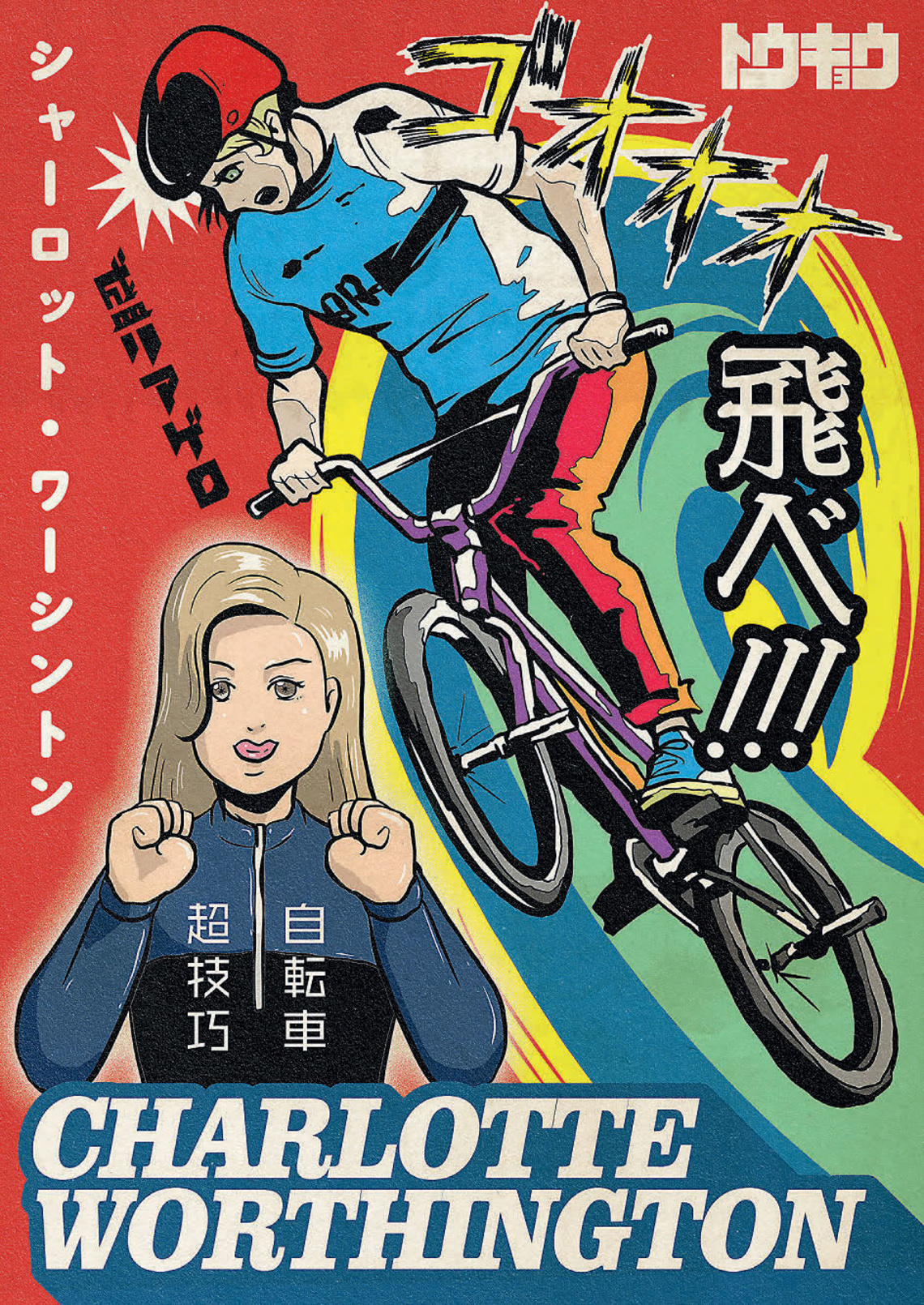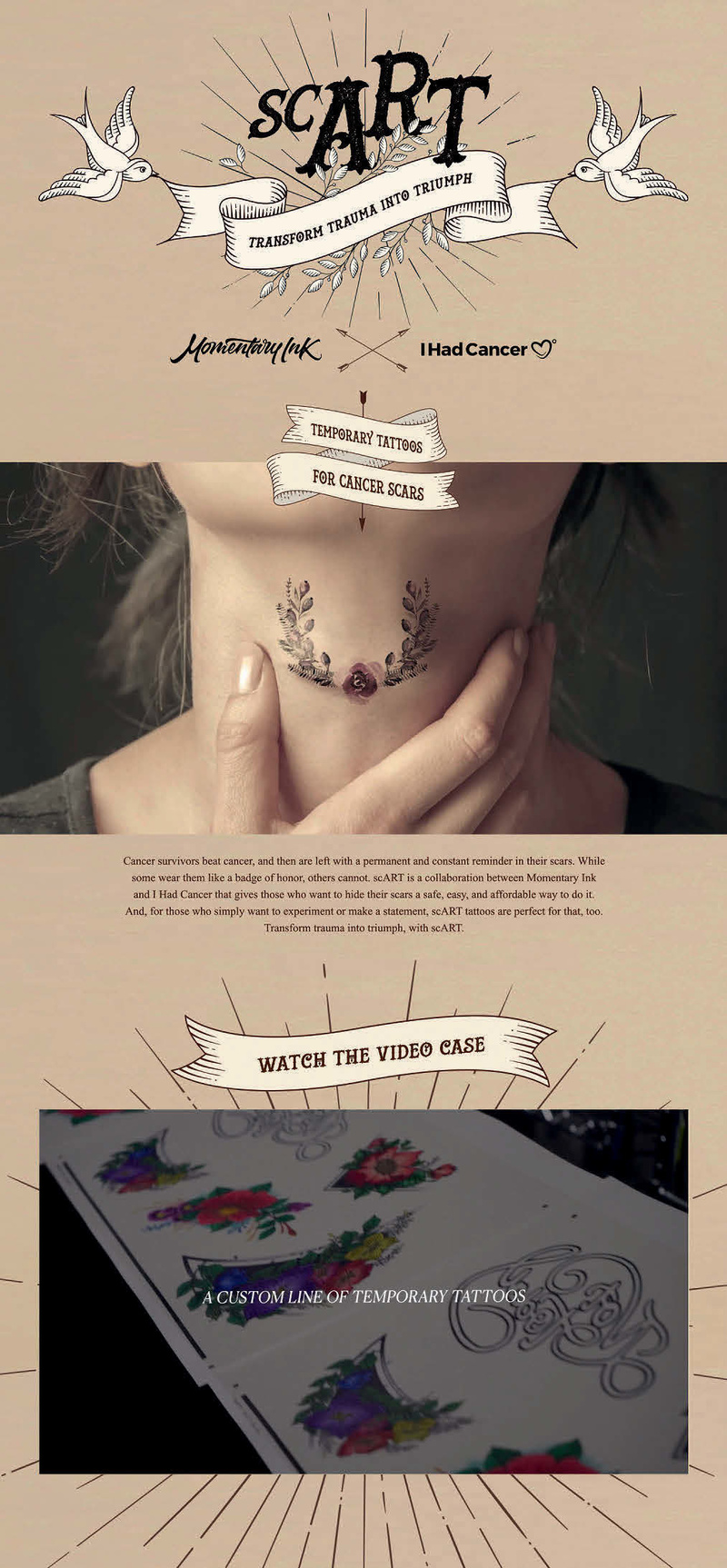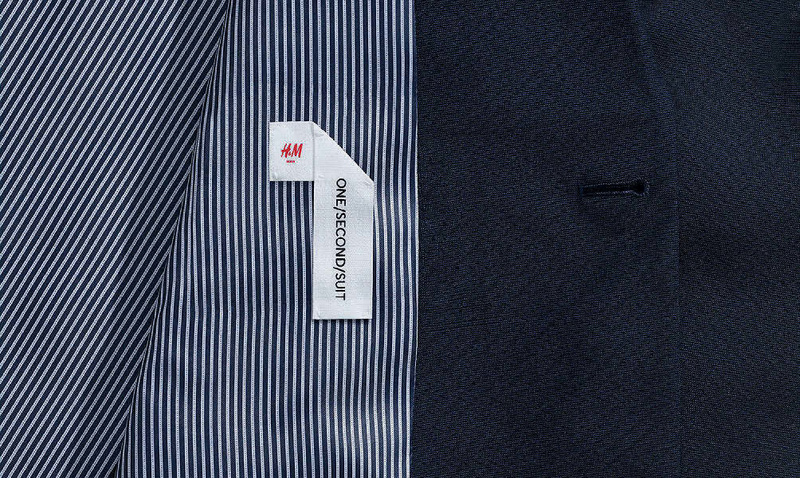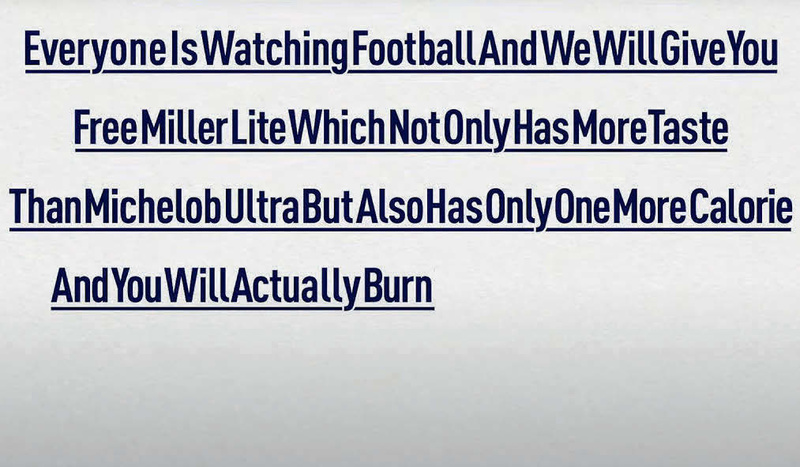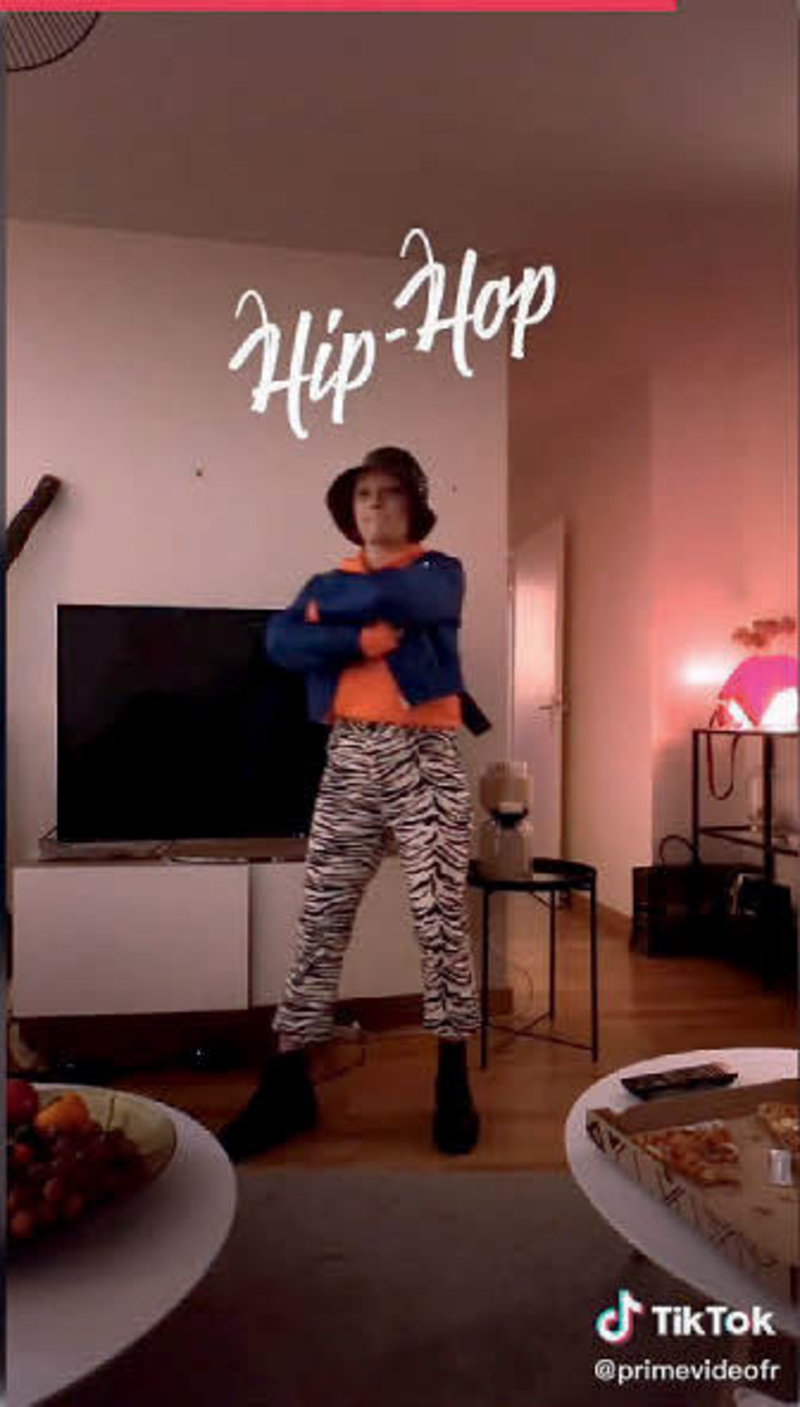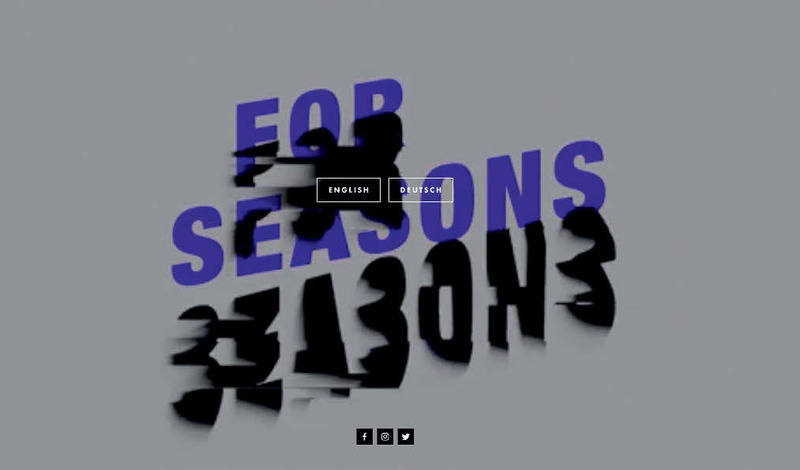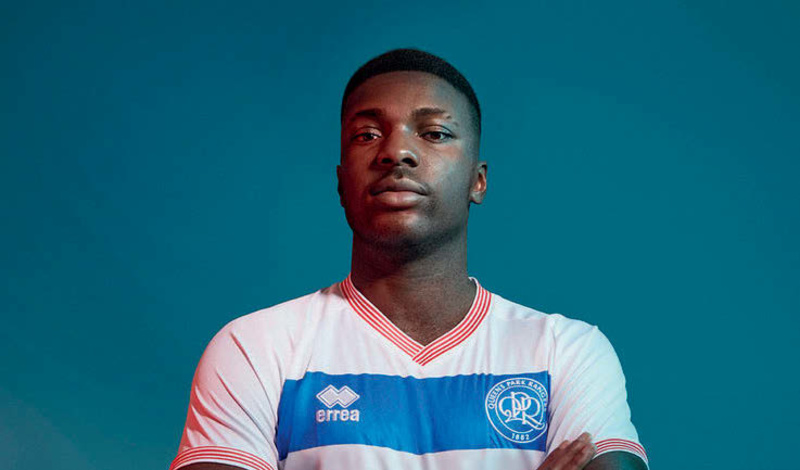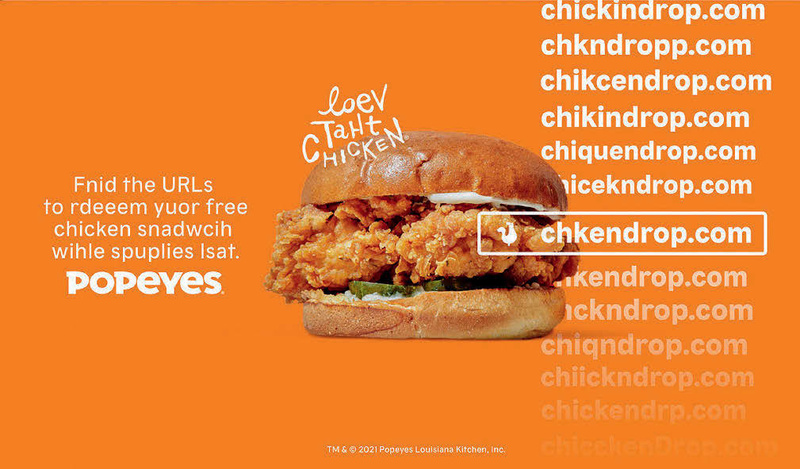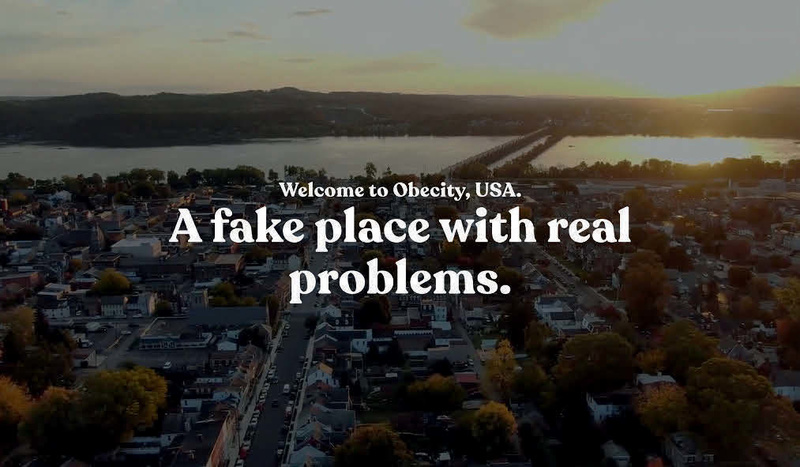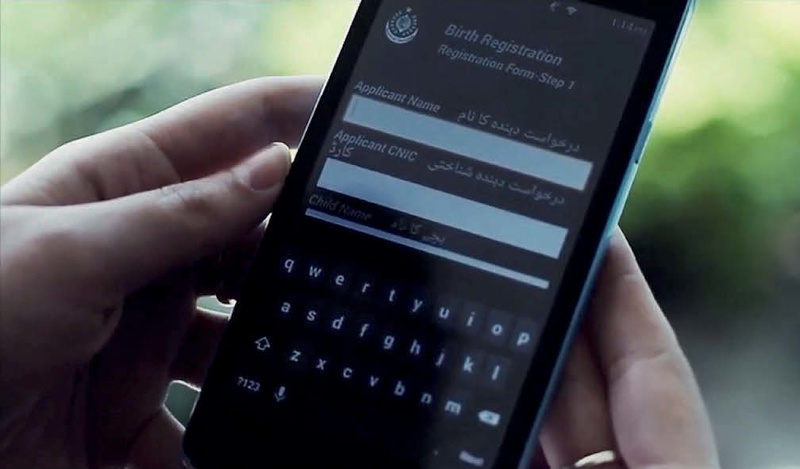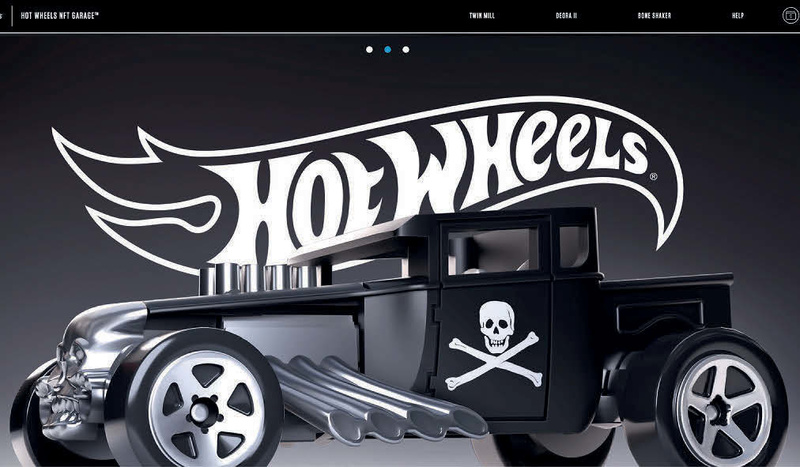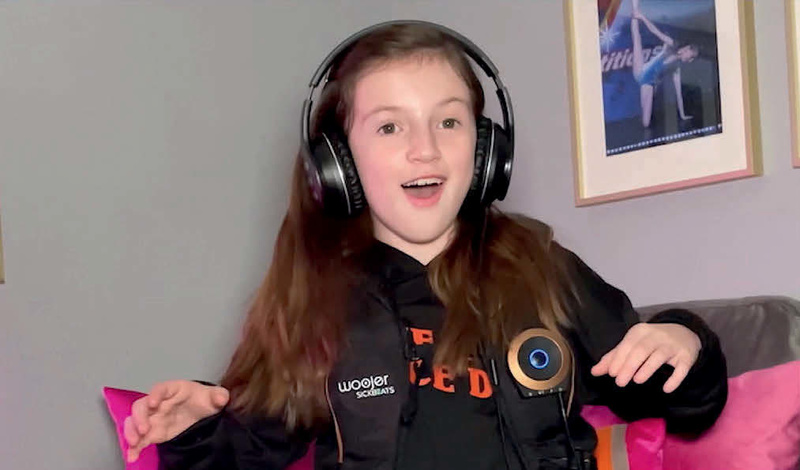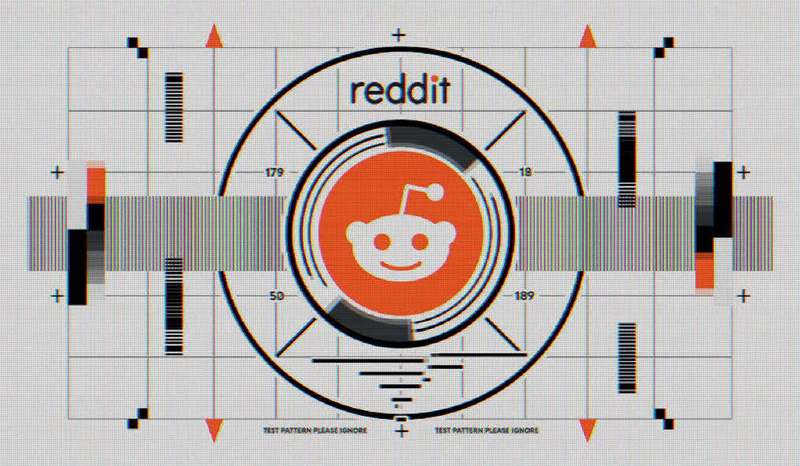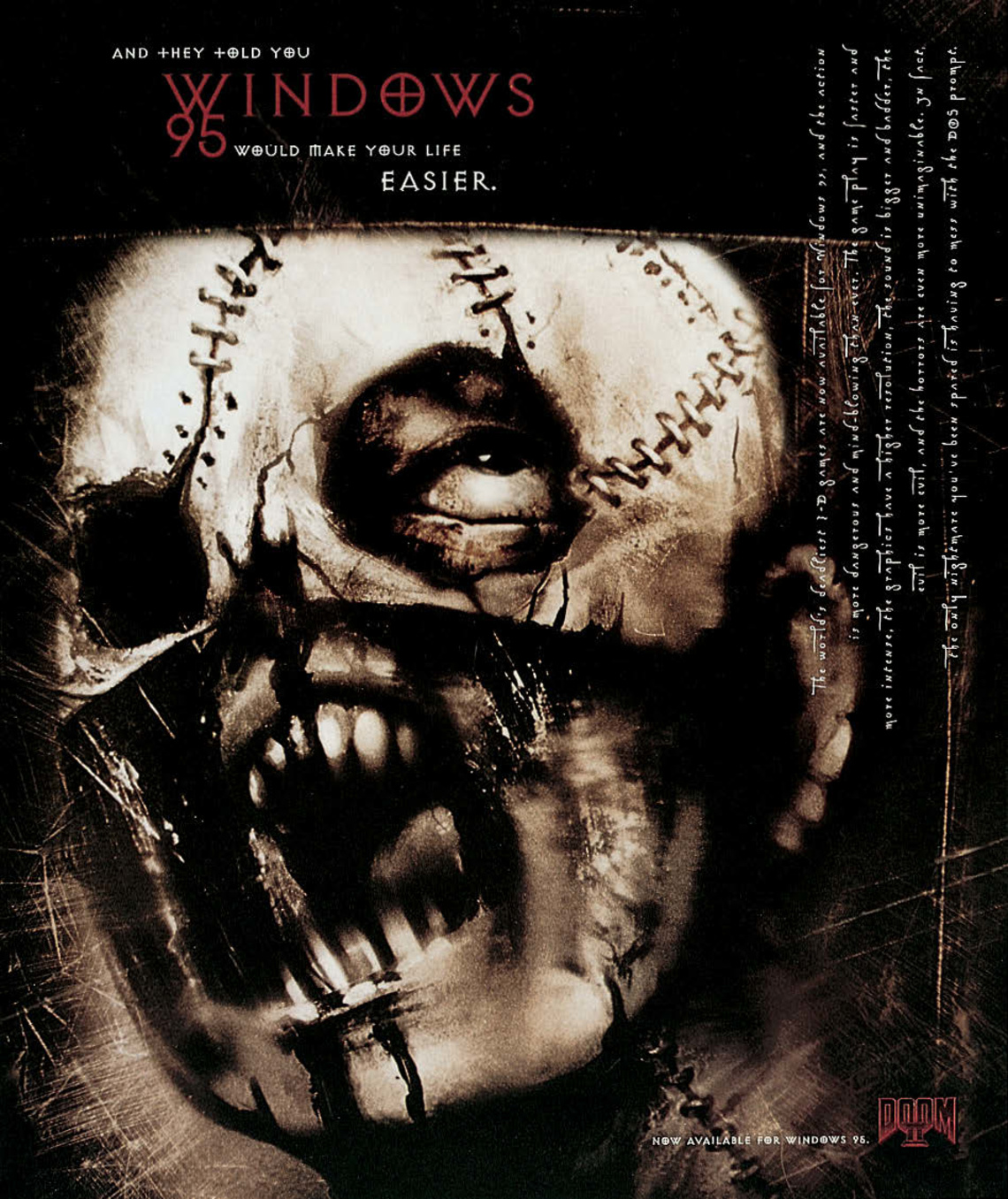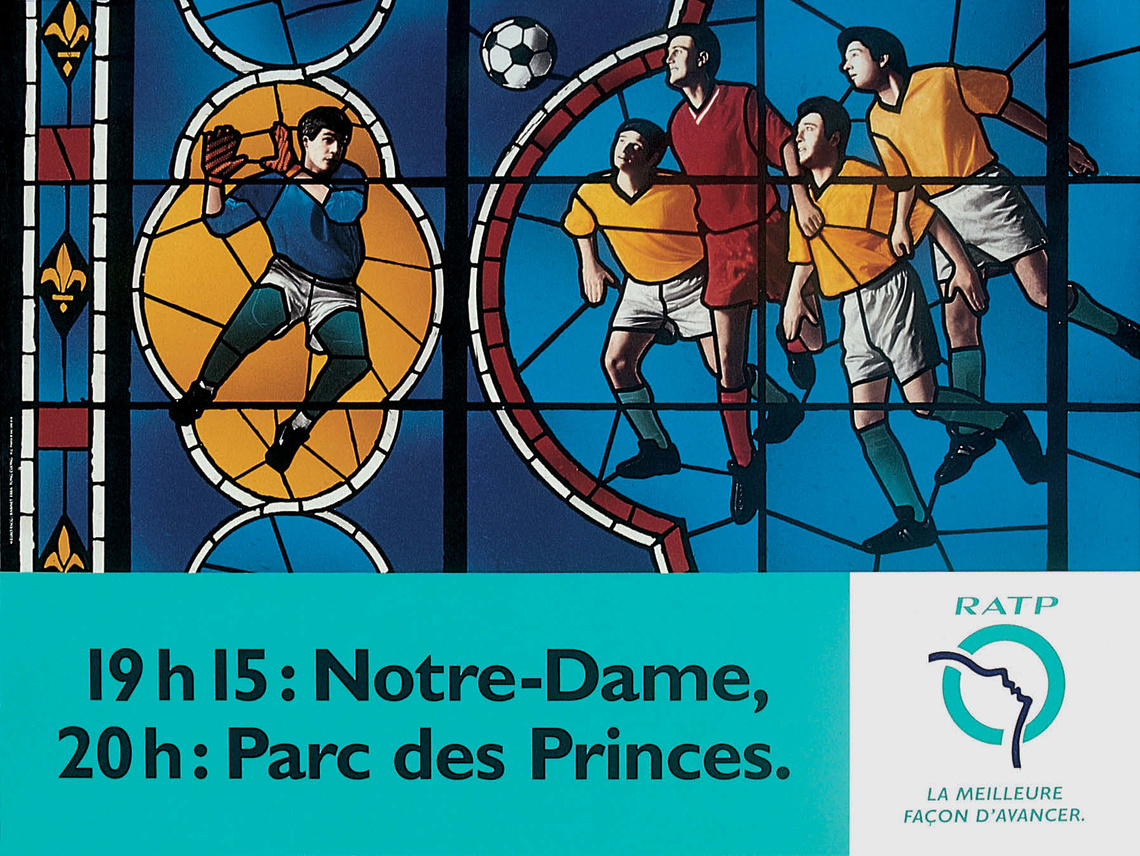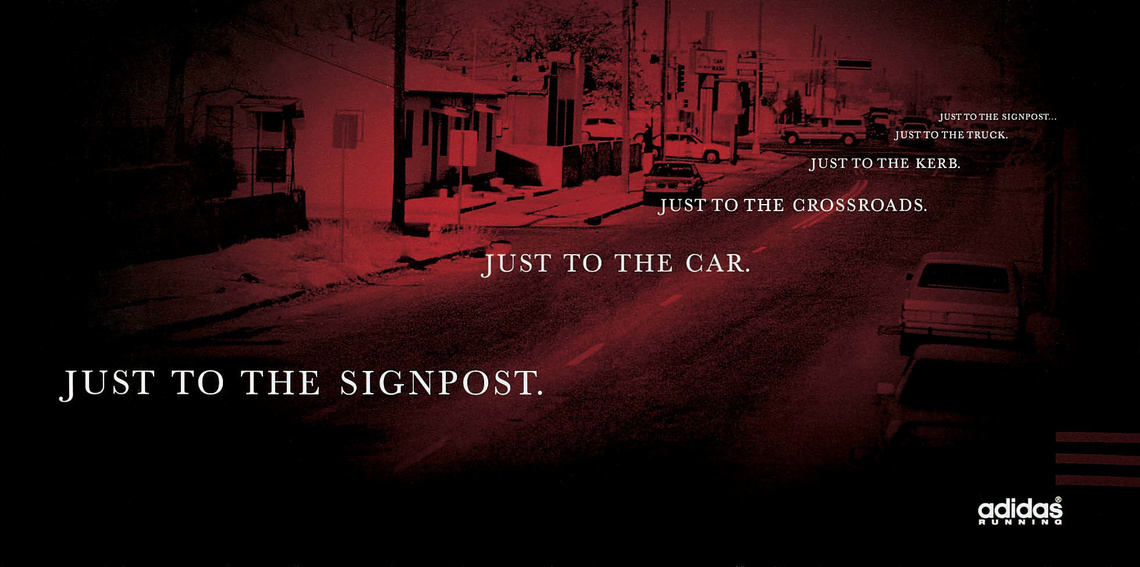Born in Buenos Aires and after his studies at university there, he moved to Spain where he worked at a couple of agencies in Barcelona, among them DoubleYou. Over four years, he advanced from Senior Art Director to Head of Visual Design. In 2012 he went to New York agency R/GA where he became ECD. Today, Roberto is back in Barcelona as Chief Creative Officer at Ogilvy Spain.
Hi Roberto, thank you very much for selecting the Digital content for this issue. Can you tell us about your career so far, which has taken you from your native Buenos Aires to your present position as Chief Creative Officer of Ogilvy Spain?
Thank you, it’s an honor. It’s been a long journey from graduating in the early 90s as a graphic designer to where I am now. Many things have changed but one thing has been leading me all the way: curiosity, about living in other cultures, experimenting with other disciplines and all kinds of innovation. When I was a kid I was fascinated with Leonardo da Vinci’s work, especially his inventions, and I think that in some way this has impacted every step in my professional career. Over all these years, I was lucky to collaborate with the best talent around the world, work with amazing brands and now I have the opportunity to share my experience and inspire the next generation.
How did you get into the ad business in the first place? You started out as an art director?
Yes, I started as an art director, even though I always define myself as a designer. It was around 2008 at Doubleyou in Barcelona when I got into advertising after years working as a designer and visual artist, working in theatre, opera, concerts, events and collaborating with all kinds of artists.
Was advertising always your career goal? When did you start to get interested In it?
Not really. Advertising used to be something that I liked, as with many Argentinians, but I wasn’t especially interested in working in an ad agency. At that time I thought that advertising’s work was not so diverse or interesting, like multimedia or digital design where I could explore and experiment more. The Internet was a new world to discover without rules and plenty of space to expand my skills and implement new ideas. But later when I joined Doubleyou I found a place where I could apply what I learned from many years of experimentation and do it for brands like Nike, Audi and Diesel. The agency’s idea-centric culture with a strong focus on innovation and creativity made me change my mind about advertising and I loved it.
How did the move to the US and R/GA New York come about?
Once you cut your roots for the first time it’s much easier to do it again. By 2012, I was feeling settled in Spain. I had a great job in a top agency and was doing great work, which led to some awards. Things couldn’t be better but it seems that every time I’m comfortable, the curiosity awakens. R/GA contacted me to join the Nike and Converse team, they were looking for people that have a hybrid background, a mix of stories and systems. I had other offers but their culture seemed a perfect fit for me, design, ideas, innovation and technology. I felt like I was in an amusement park.
Is there any difference between working as a creative director in the US and Spain? Different challenges?
If you think about the essentials, there’s no difference. But when you think about the market, budgets, opportunities and the professionalisation of the industry, there’s a big difference. In New York you can access huge budgets, select top global talent and create work in a strong market where advertising plays a big role. For me, it was a master class to challenge myself, my skills and my knowledge. I had to learn to be more thoughtful and specific in my language. At the same time, I was integrating more and more strategic thinking. My design and my presentation skills had evolved into something more rational and professional, but my Argentinian roots mixed with the Spanish culture I still carry the passion and ingenuity to create things without big money and that’s essential to overcome the challenges we have in Spain.
Over the years you have worked for top global brands such as Nike, Google, Samsung, eBay, Audi, Diesel, Coca-Cola and Converse among others. What of the work are you proudest of and what were some of the highlights?
I have special love for some of my first projects in Doubleyou like Mahou’s Wiikipeli the first wiki-movie where users could make decisions as movie directors or a photolook for Diesel Sex Sells where jeans were presented in kama sutra positions. Once in New York, I had the chance to work on the redesign of nike.com and converse.com. Both designs are still the base of their current websites. Over the last few years, I’ve worked for Samsung global creating really beautiful work for “Do What You Can’t”, creative platforms like Samsung Within or Samsung Quantum Gallery among others. Although I’ve loved the work for such brands I’m very proud of two projects that we made at Ogilvy Spain over the pandemic CruzCampo “Heavily Accented” Lola Flores deep fake TV spot and Zalando Street. All because they showed what kind of work we want to do.
Some find that digital has become the most important communication ad platform for a brand. Do you agree? How do you assess print and film in relation to that?
Totally agree. For some of us digital has been our reality for the last 20 years but it seems that the pandemic has pushed the last pieces to establish it as a reality for everyone. Advertising cannot escape this new reality, the industry and brands need to rethink how, where and when to communicate but most importantly how to connect and interact with consumers. Print and film are evolving, integrating visual languages or cultural behaviours from digital platforms. In the next few years we’ll see more innovation in films, on TV or digital platforms, introducing new technologies that will expand the user experience. Can’t wait to see it.
Where and how do you get inspiration for your work?
Everywhere. I’m a very curious person so I’m always researching different subjects, analysing, reading and following people from all sorts of disciplines. Although I like to be inspired by other agencies and people in the industry, sometimes my inspiration comes from the street and other times comes from a laboratory. Since the first day I had access to the Internet, I never stopped searching.
How does Roberto Fara refuel his creative engine?
I’m still a newbie in this industry who is looking to do his best work. Every creative brief makes me feel excited and nervous like the first time but when I’m in a brainstorm, it’s fun and energetic to play and think crazy ideas with other people. We’re living a great time for ideas and creativity. There are so many new technologies, platforms and realities to play with and explore.
What is your impression of what the pandemic has done to the industry? Do you think digital has fared better than other media?
The pandemic has pushed us to change some things pretty fast. We all had to adapt our workplaces and team dynamics but now it seems normal. We connect much easier with other people around the world allowing us to collaborate more often between offices. At the same time, it has been an awakening about our purpose and our role in society. I believe that creativity should help to make a better world and agencies have to collaborate with brands to do so, while having a positive impact on their businesses. Probably digital media was better prepared but I’m optimistic that things will evolve and get better with traditional media because it’s still an important part of our culture.
